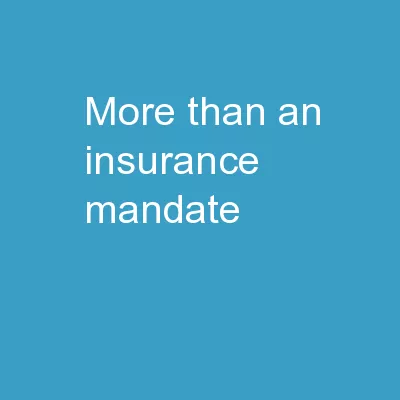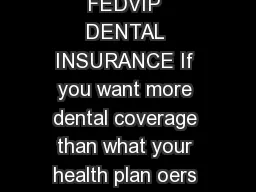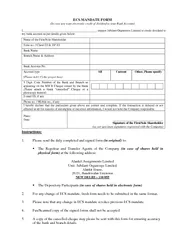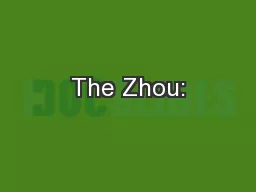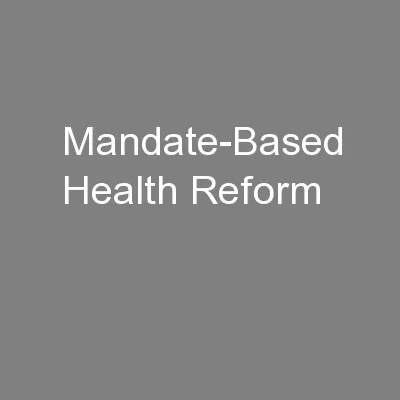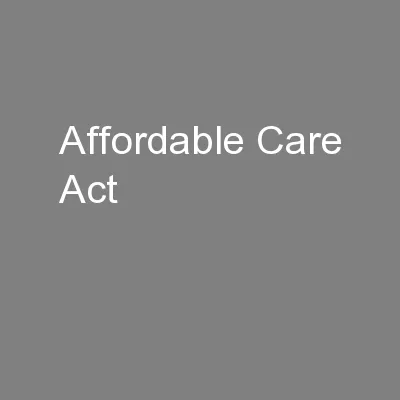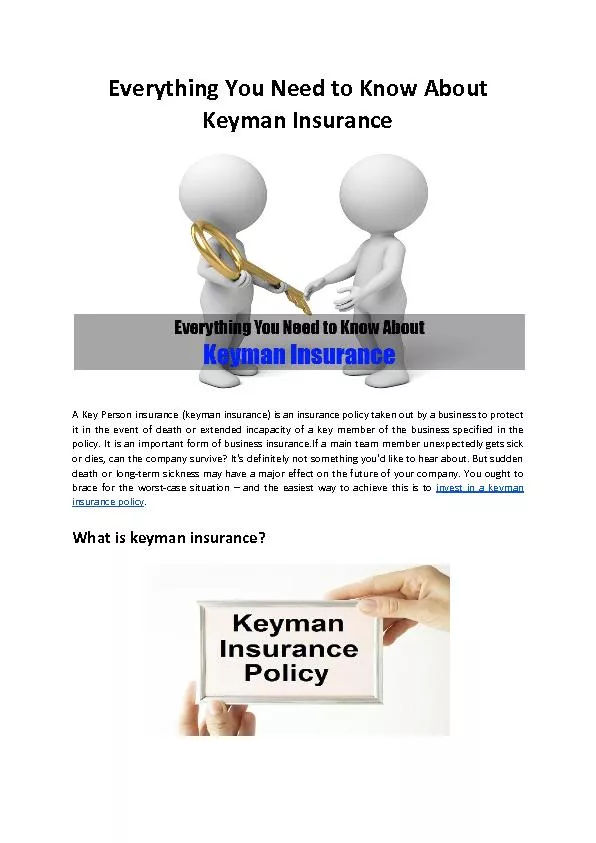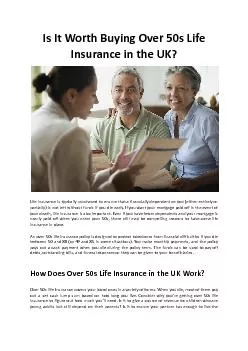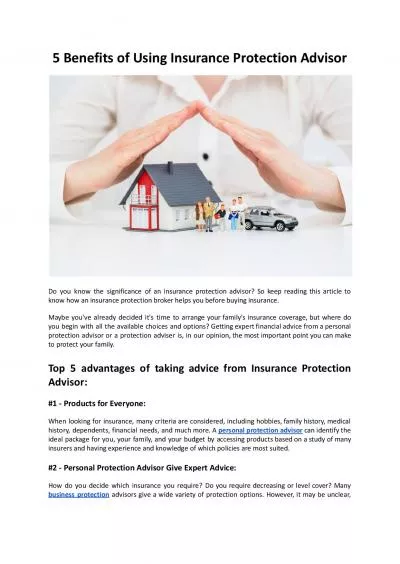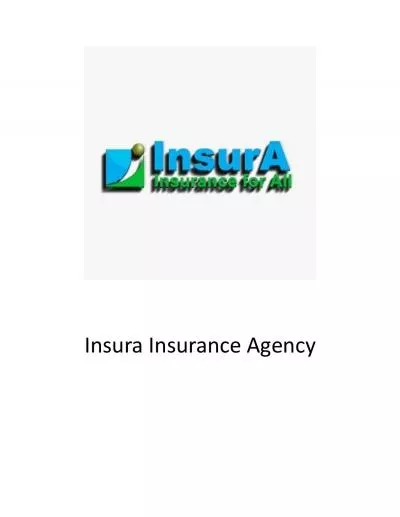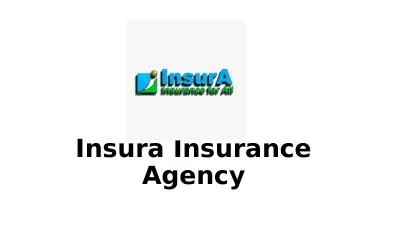PPT-More than an insurance mandate
Author : luanne-stotts | Published Date : 2018-11-27
Factors Influencing Student Utilization of Student Health Centers 1 Tyler G James MS CHES Katherine Lindsey MS CPC CHDA University of Florida Gainesville FL A
Presentation Embed Code
Download Presentation
Download Presentation The PPT/PDF document "More than an insurance mandate" is the property of its rightful owner. Permission is granted to download and print the materials on this website for personal, non-commercial use only, and to display it on your personal computer provided you do not modify the materials and that you retain all copyright notices contained in the materials. By downloading content from our website, you accept the terms of this agreement.
More than an insurance mandate: Transcript
Download Rules Of Document
"More than an insurance mandate"The content belongs to its owner. You may download and print it for personal use, without modification, and keep all copyright notices. By downloading, you agree to these terms.
Related Documents

